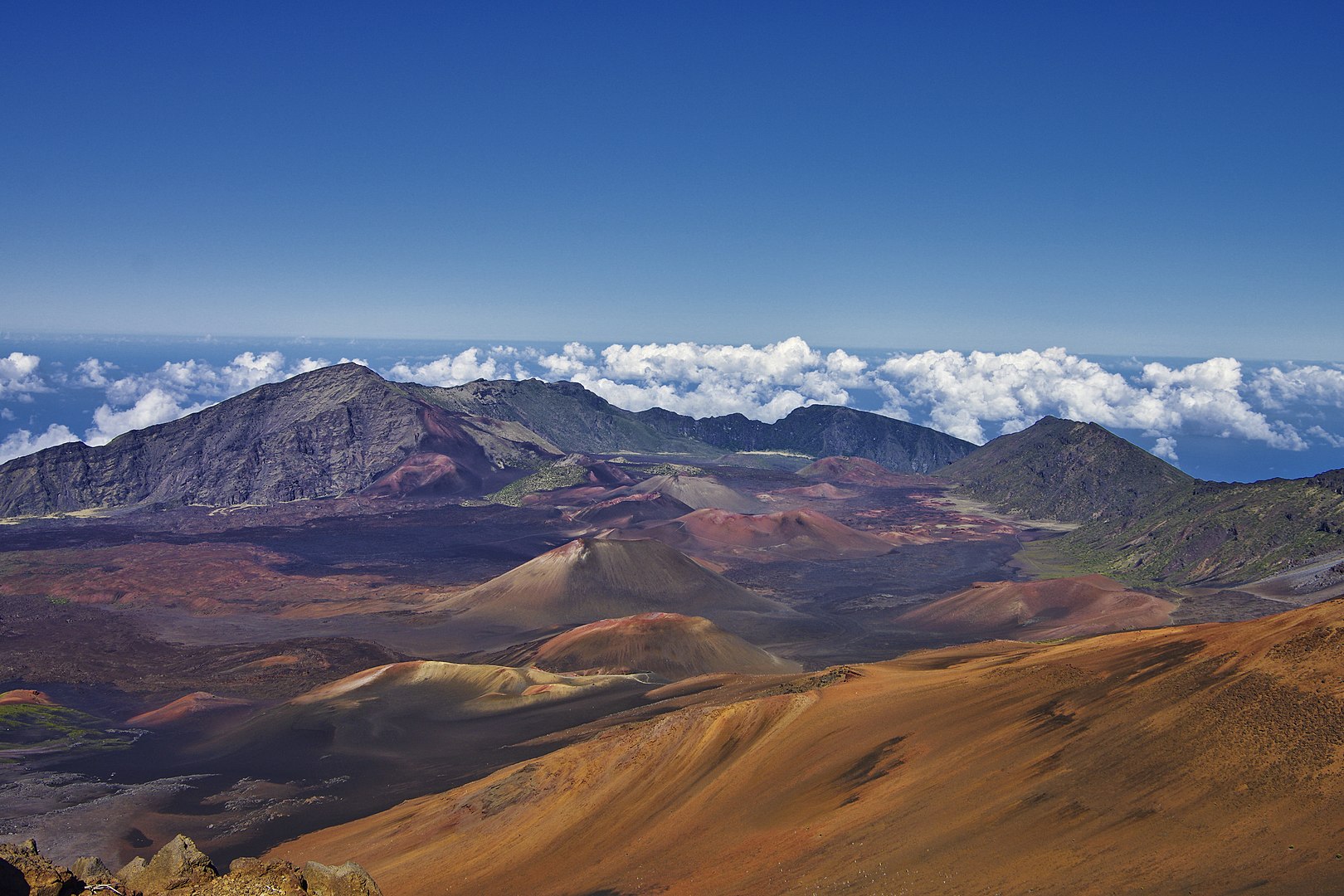Quick Bits:
Haleakala National Park is an awe-inspiring conservation gem located on the Hawaiian island of Maui. Named after the massive shield volcano Haleakala, meaning “House of the Sun” in Hawaiian, the park sprawls across more than 30,000 acres. It offers surreal contrasts — moon-like crater terrain on one side and lush subtropical rainforests on the other.
This is not your average nature retreat. Haleakala lifts you above the clouds and invites you to watch dawn split the sky from its summit. It delivers raw nature with a backdrop of ancient geology and indigenous culture.
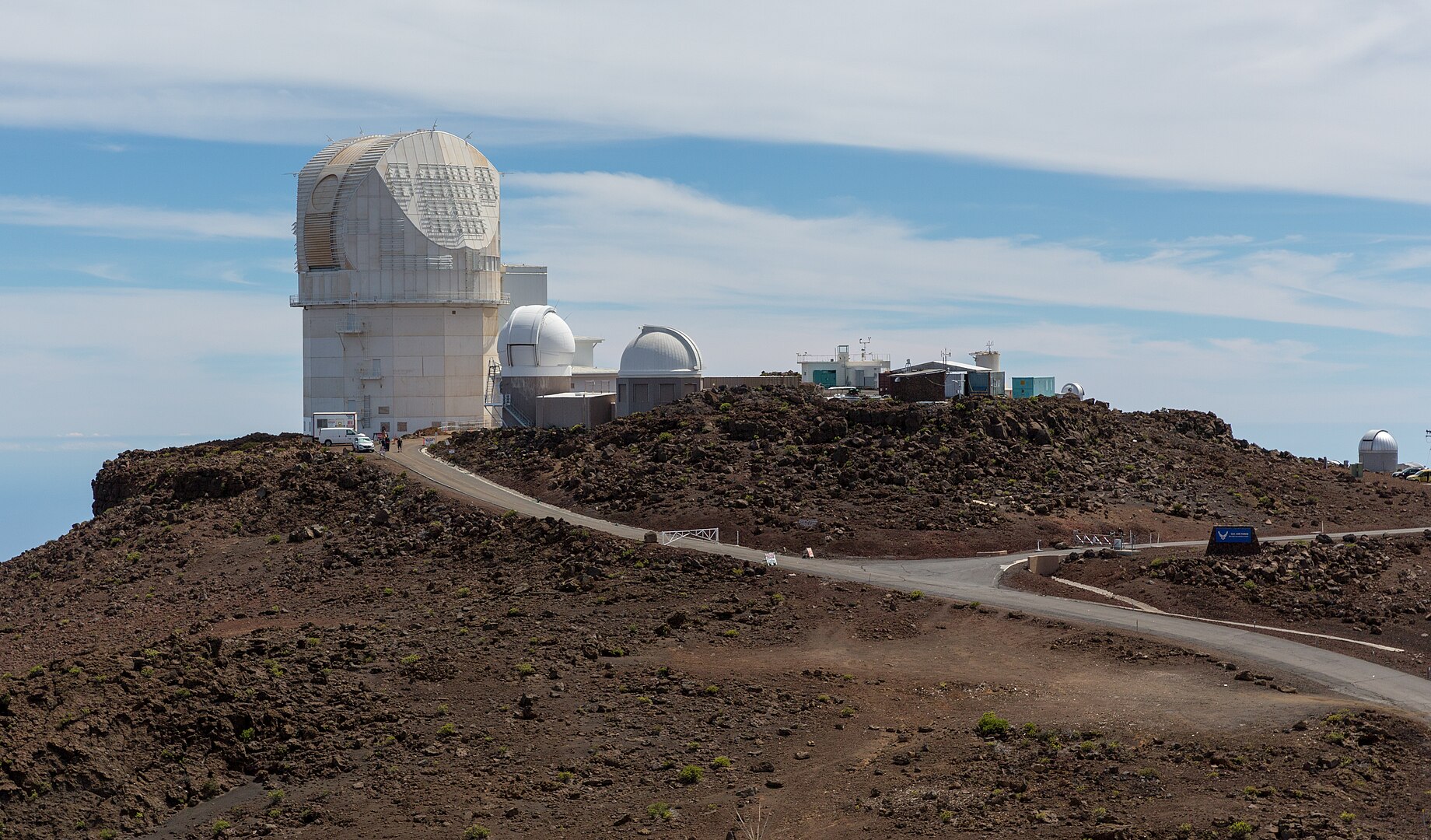
Image by: Ekrem Canli – Via Wikipedia
Key Highlights
- Summit at over 10,000 feet for surreal views and stargazing
-
Sunrise and sunset rituals that bring travelers from around the world
-
Sliding Sands Trail descends deep into the volcanic crater
-
Kipahulu District features bamboo forests and cascading waterfalls
-
Endemic wildlife, including the Hawaiian goose (nene) and silversword plants
-
Backcountry camping and star tours available.
General Information
Haleakala National Park was established as an independent park in 1961 after being part of Hawaii National Park. It’s managed by the National Park Service. The park is split into two main sections:
-
Summit District: Home to the dormant volcanic crater and dramatic vistas
-
Kipahulu District: Found near the southeastern coast, bursting with jungle life
Visitors pay a modest entrance fee, valid for three consecutive days. Options include cars, motorcycles, or pedestrian access. Passes are also valid at Hawai’i Volcanoes National Park on the Big Island.
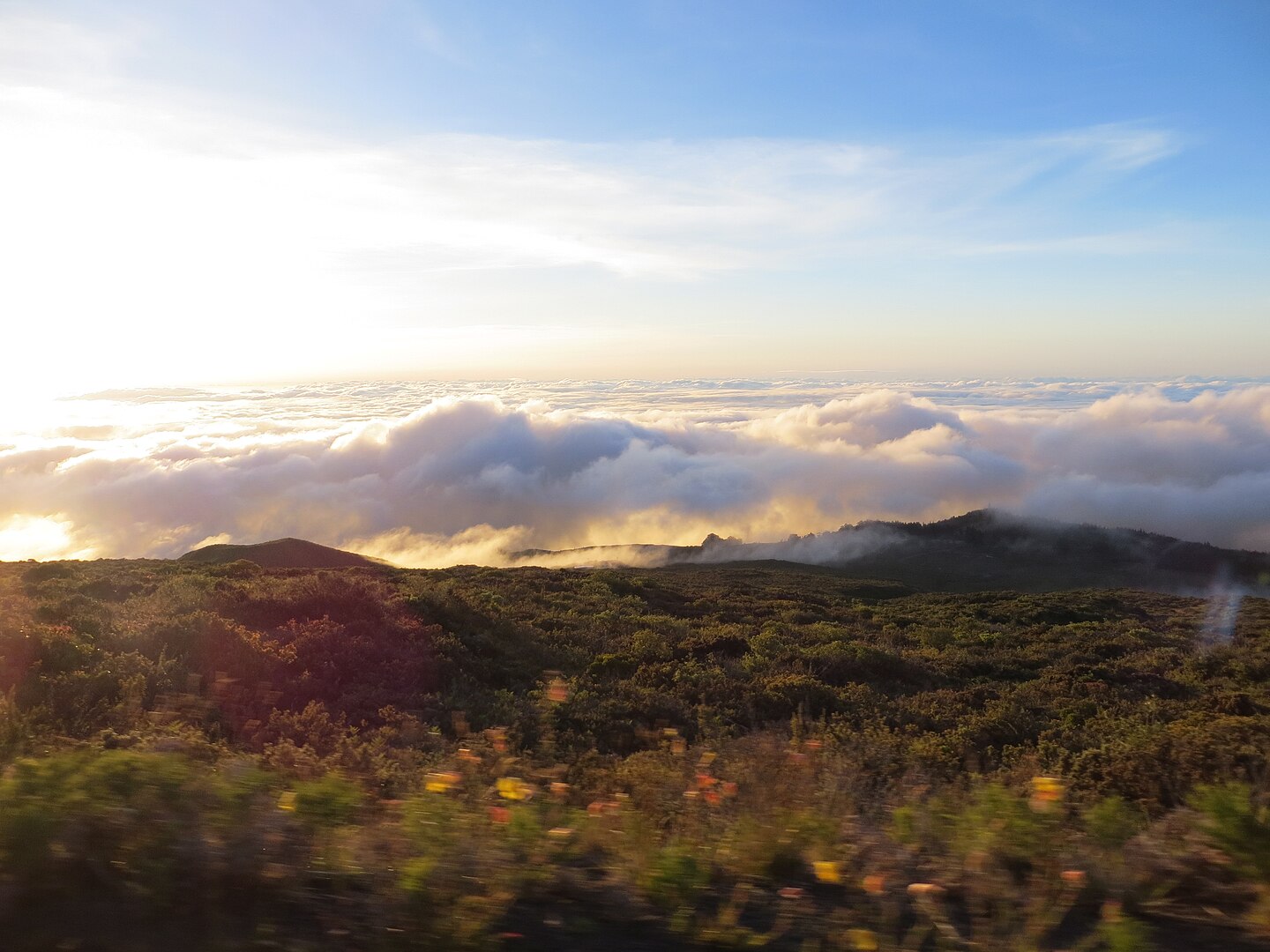
Image by: Boydsk2000 – Via Wikipedia
Geography Information
Haleakala dominates the eastern half of Maui, stretching from sea level to over 10,000 feet. It covers both arid alpine zones and humid lowland rainforests. This variety crafts a landscape of stark contrasts.
The volcano forms one of the largest dormant craters on Earth. Despite appearances, it is not an impact crater. It’s a massive erosional depression, carved over millennia by wind, water, and volcanic activity.
The summit overlooks vast cloud plains and multiple Hawaiian islands. Beneath lies Kipahulu, a dramatic green oasis marked by rivers, cliffs, and oceanfront valleys.
Key Geographical Features:
-
Haleakala Crater – 7.5 miles long, 2.5 miles wide, 3,000 feet deep
-
Pu’u ‘Ula’ula (Red Hill) – The summit’s highest point
-
Oheo Gulch – Tiered pools leading to the ocean
-
Hosmer Grove – Cloud forest filled with alien and native trees.
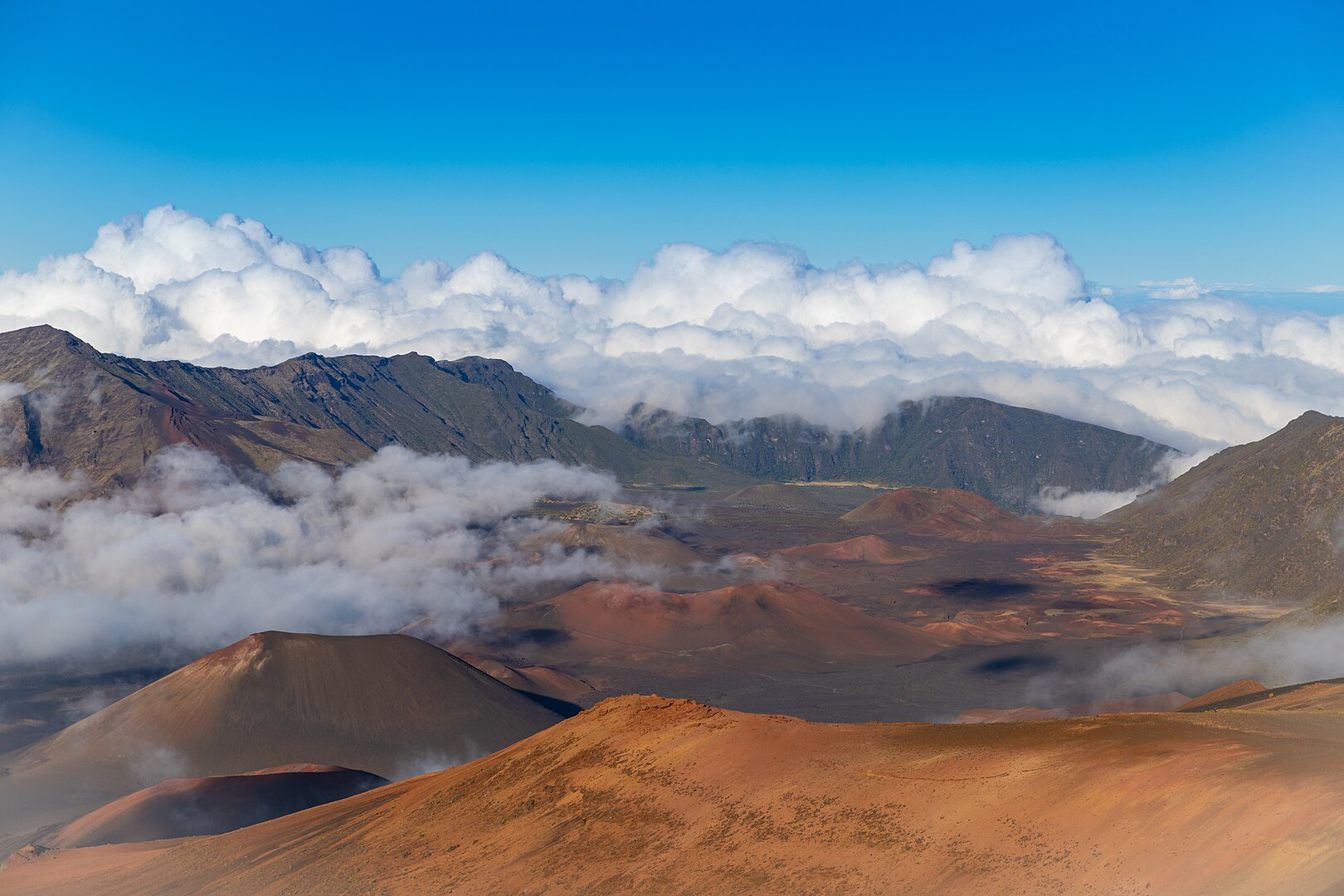
Image by: dronepicr – Via Wikipedia
Places to Visit
Haleakala Summit
Most visitors begin here. This high-altitude lookout commands sweeping views. It’s also the site for the park’s most popular activity — watching the sunrise. Reservations are required between 3 AM and 7 AM.
Top Spots:
-
Leleiwi Overlook
-
Kalahaku Overlook
-
Sliding Sands Trail (Keonehe’ehe’e Trail)
Each overlook gives a new angle of the crater’s alien beauty. On a clear day, you can see as far as the Big Island’s Mauna Kea and Mauna Loa.
Kipahulu District
This part demands a scenic drive along the Hana Highway. Once there, you’ll enter a lush tropical realm filled with waterfalls, streams, and bamboo groves.
Must-see Trails:
-
Pipiwai Trail – Four-mile round trip through bamboo to Waimoku Falls
-
Kuloa Point Trail – Short walk to ocean vistas and archaeological sites
Hosmer Grove
Located near the summit entrance, Hosmer Grove is a great stop for birdwatching and acclimatization. It offers a brief trail where visitors can spot native honeycreepers and hear the chorus of wind in exotic trees.
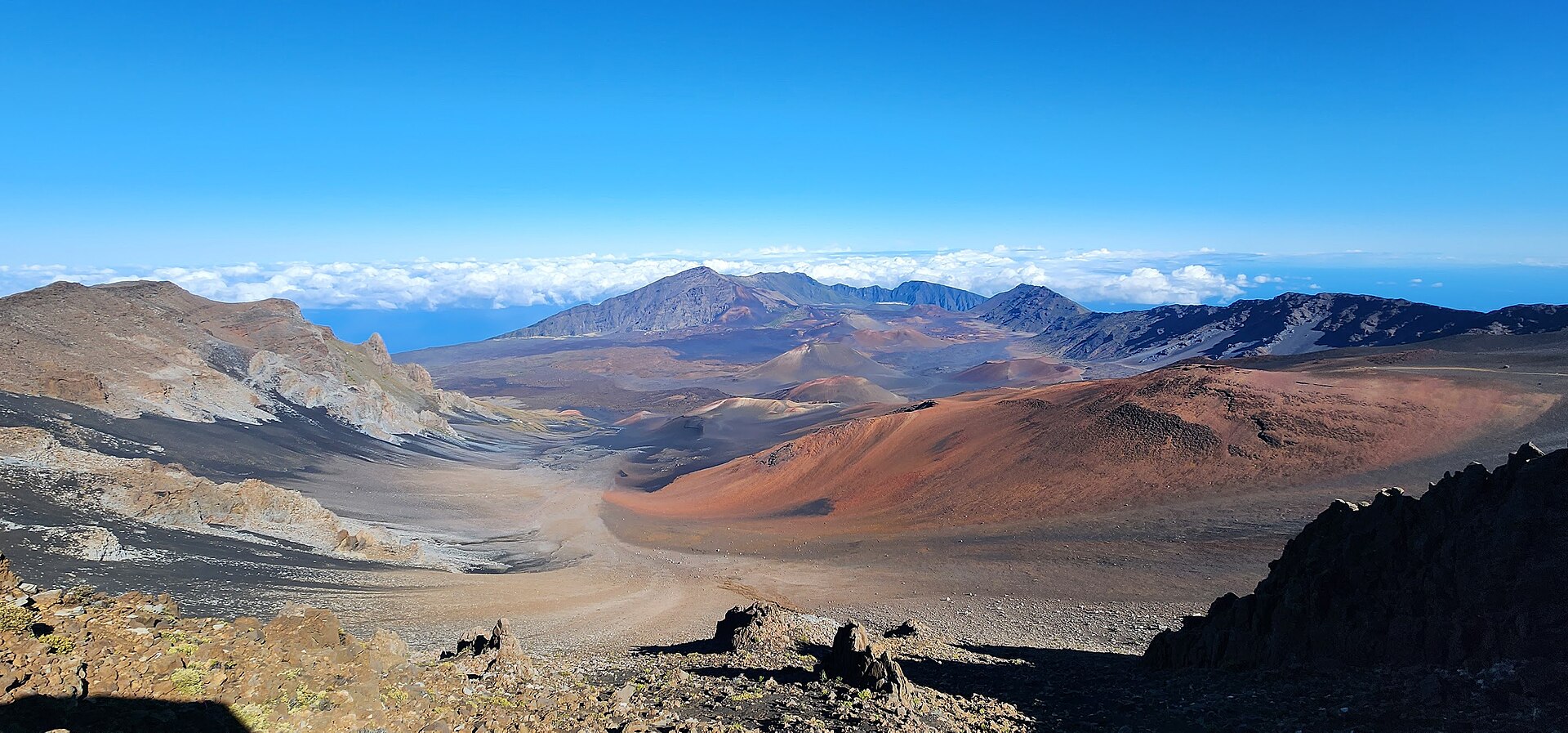
Image by: UzbekistanQoppa – Via Wikipedia
Yearly Climate
Haleakala’s climate changes drastically with elevation and location. Temperatures at the summit often hover between 30–60°F, even in summer. Winds can whip at 30 mph, and weather shifts fast. Down in Kipahulu, expect a warm and humid jungle climate averaging 70–85°F.
Monthly Climate Snapshot:
| Month | Summit Temp (°F) | Kipahulu Temp (°F) | Rainfall (inches) |
|---|---|---|---|
| January | 38 – 58 | 65 – 80 | High |
| April | 40 – 62 | 67 – 83 | Medium |
| July | 45 – 65 | 70 – 86 | Low |
| October | 42 – 63 | 68 – 84 | Medium |
| December | 37 – 57 | 65 – 80 | High |
Be prepared. Conditions can change in minutes. Rain jackets, sunscreen, and layers are essential.
Best Time of Year to Visit
The shoulder seasons — April to May and September to early November — strike a sweet balance. Crowds thin out, the weather is more stable, and the park feels more personal. Wildflowers start blooming in spring, and the fall months often bring clearer skies.
If your goal is stargazing, check moon phases. New moons bring darker skies and better visibility. For sunrise at the summit, aim for dry months and check forecast conditions the night before.
Avoid mid-summer holidays and winter break unless you’re ready for traffic, limited parking, and packed trails.
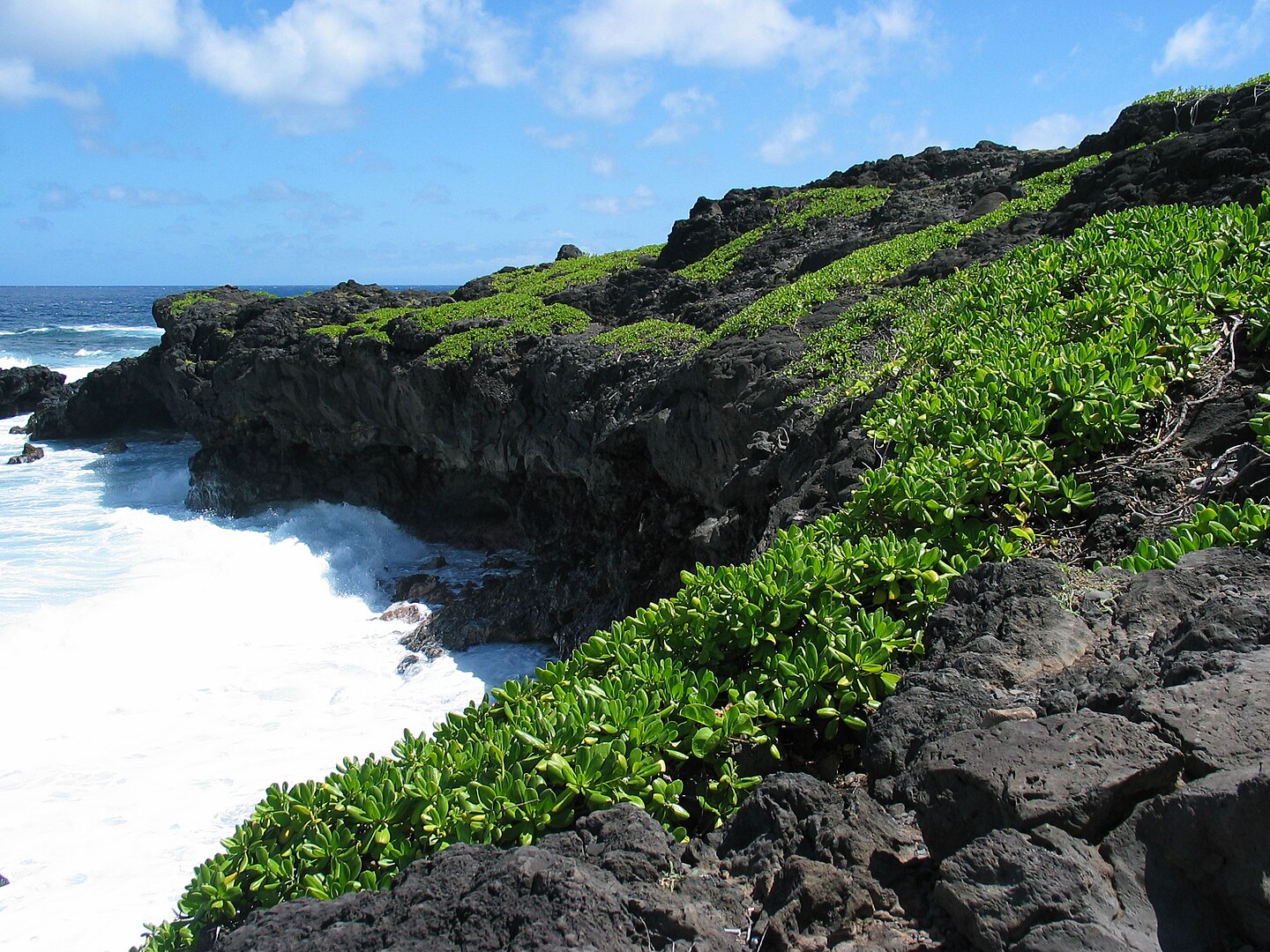
Image by: Michael Oswald- Via Wikipedia
In Summary…
Haleakala National Park is one of nature’s finest open-air theaters. From volcanic moonscapes above the clouds to verdant valleys that hum with waterfalls, the park delivers a full sensory experience. Hikers, photographers, stargazers, and seekers of silence all find their place here.
Its terrain preserves cultural stories, ecological wonders, and geological marvels. Haleakala is not merely a site to visit but a place that speaks through land and sky. Each sunrise over the crater draws awe. Each step on its trails reveals ancient energy still alive.
For those craving a connection with Hawaii’s soul — this is where it rises.

